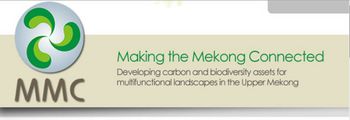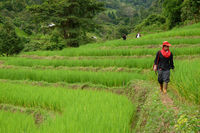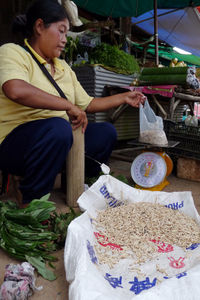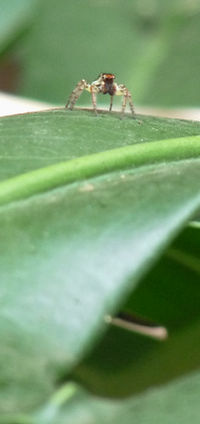Making the Mekong Connected
From AWF-Wiki
Project Title: Making the Mekong Connected
- Funding: BMZ / GTZ (Advisory Group on International Agricultural Research BEAF)
- Duration: 2009-2012
- Coordination: Prof. Dr. Christoph Kleinn
- Project researcher: Philip Beckschäfer
Background
- The Upper Mekong Region (south China, north Laos and Thailand, east Myanmar) is an ecologically important and vital region for the lower Mekong countries.
- Smallholder farmers, including many indigenous ethnic communities play an important role in protecting forests,landscapes, and watersheds. They maintain biodiversity through traditional land-use practices.
- Problem: Secondary forests with rich biodiversity continue to be replaced by fruit tree and rubber plantations and, more recently, with Jatropha.
Project Goals
The project aims to support enhanced and connected multifunctional landscape corridors with both positive livelihood and environmental benefits managed by smallholder farmers through integrated management and financial mechanisms; and hence contribute to sustainable land-use policies and practices. It will generate knowledge, tools, biodiversity, and carbon assets for local development and regional environmental protection. Smallholder farmers, including many indigenous ethnic communities, which play an important role in protecting forests, landscapes, and watersheds,and maintaining biodiversity through traditional land-use practices, such as agroforestry, will be the main beneficiaries.



